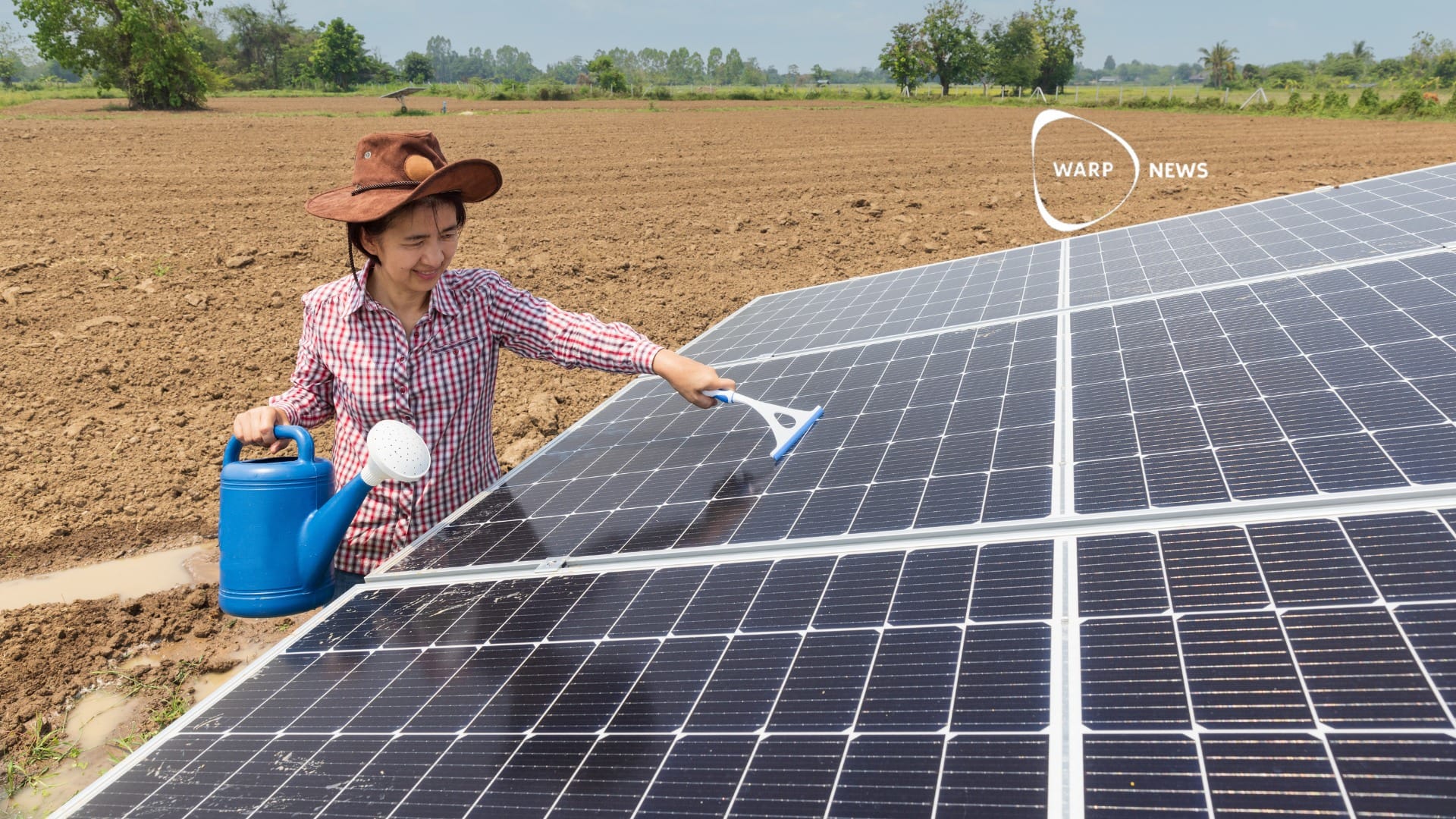
💵 It is more profitable to protect wilderness than to exploit it
Exploiting wilderness can cost more than protecting it, even if we only see it financially, a new study shows.
Share this story!
Exploiting wilderness can cost more than protecting it, even if we only see it financially, a new study shows.
One argument against protecting wilderness instead of using it for cultivation, forestry or mining, for example, is that it is much more profitable to exploit the land than to let it remain a wilderness. But now a research group has published a study that shows that on the contrary, it is profitable to preserve or recreate wilderness .
Researchers from the University of Cambridge in the UK also included all of the environmental costs as well. That is, how much carbon dioxide the soil could bind, how much it helped to reduce the damage from floods and more.
Although researchers reckoned with a low cost of sequestering carbon, 70 percent of all areas they surveyed had a greater economic value as pure wilderness than "productive land." When it came to areas where forests grew, the figure was 100 percent. And even if we completely remove the value as carbon sinks from the equation, 42 percent of the land was more valuable as wilderness.
Exploitation costs millions of dollars
In one of the areas, which was converted from wilderness to arable land, the researchers' calculations showed that carbon dioxide emissions, sharply deteriorating water quality and other things resulted in a loss to society of eleven million dollars per year.
- Even if you are only interested in dollars and cents, we can see that conservation and restoration of nature is very often the best choice to increase our wealth, says Andrew Balmford, Professor of Conservation Science at the University of Cambridge and one of the researchers behind the study.
This is not the first time a study has shown that it is profitable to preserve nature. As early as 2002, a study came out that showed that. But it studied only five areas, which was a little too little to draw any far-reaching conclusions from. The new study has analyzed 24 areas around the world, which gives a more reliable result.
The researchers used three different cost calculations in their models. In one, they estimated that the cost of a ton of carbon dioxide emissions would cost society $31. A figure that according to the researchers is conservative. Then, as I said, 70 percent of all land and 100 percent of forest land were more valuable as wilderness.
If the cost of CO2 emissions were reduced to $ 5 per tonne, 60 percent of all areas would still be more valuable as wilderness. And if you finally did not value carbon dioxide emissions at all, 42 percent of the areas were still more valuable as wilderness.
So no matter how we calculate, there is a good chance that the most profitable thing a society can do with the land is to preserve or recreate it, which of course also helps us to have a greater biological diversity. Which provides many benefits that are not directly economical.
By becoming a premium supporter, you help in the creation and sharing of fact-based optimistic news all over the world.


